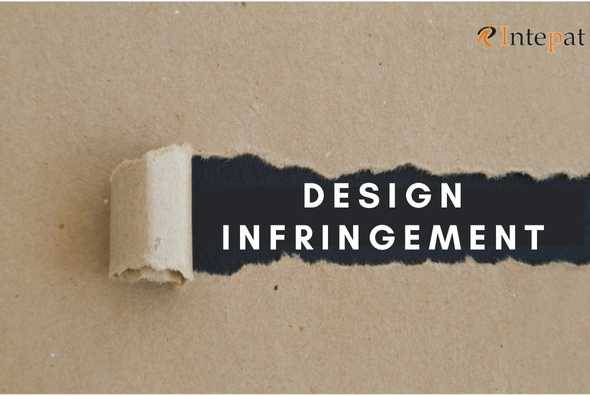Design Infringement in India
The design of a product has become a paramount concern for any businessman. After all, isn’t “A thing of beauty a joy forever?” Unique designs of a product, like Coca-Cola’s contour bottles, are the identity of a brand.
The very purpose of the Designs Act 2000 is to protect the intellect of an author or a proprietor of a design. This act protects the following designs:
1. A design which is original or new.
2. A design which is not previously disclosed to the public.
3. A design which can be significantly distinguished from other known designs or a combination of known designs.
Piracy of Design
To understand piracy of design, it is better to have a combined reading of Sections 22 and 11 of the Designs Act. While Section 11 authorizes a registered proprietor to have a copyright in the design, Section 22 safeguards such right.
A registered design is infringed by a person who, without the consent of the proprietor of the design, applies, imports, or publishes the design or any fraudulent or obvious imitation thereof. The aforesaid acts become piracy of a design only in the following circumstances.
* It is committed during the existence of copyright in any design.
* The design is applied or imitated without the consent of the registered proprietor.
* It is for the purpose of sale, and not for private or personal use.
* The articles must be in the same class in which the design is registered.
What is the liability of design infringement in India?
Section 22(2) of the Act lists the liabilities of the infringer of a design, which are impliedly the remedies available to the registered proprietor. The registered proprietor has to elect one of the alternative remedies provided in this section.
Section 22(2) (a) enforces the infringer to pay a sum not exceeding Rs.25, 000 for every contravention recoverable as a contract debt to the registered proprietor. The total sum of the such amount recoverable for one design should not exceed Rs.50, 000.
Otherwise, the proprietor can elect to bring a suit for recovery of the damages, and for an injunction against repetition, as under Section 22(2) (b). Then, the infringer is liable to pay such amount as awarded by the court and is restricted by injunction respectively.
The ratio behind this is to make the infringer liable for the loss suffered by the registered proprietor and to ensure a fair return on the proprietor’s investment. However, to claim the damages, the registered proprietor is required to mark his articles in some manner denoting that the design is registered and to take all steps to ensure the marking of the article.
Defences available
a) Lack of novelty
b) Functional to the product.
c) Any grounds available for cancellation of registration under Section 19.
d) A contract relating to the registered design at the time of contravention of Section 22, with a condition declared unlawful under Section 42.
e) The contravention should be between the date on which the registration of the design ceased to have an effect and the date of restoration of such design.
f) The suit for infringement, recovery of damage, etc should not be filed in any court below the court of District Judge.
Design Infringement Cases:
It is evident from a plethora of cases that the courts are pragmatic in deciding design infringement cases in India.
+Calico Printers Association Ltd. v. Ahmed Abdul Karim.
The court held that the order for delivery of the infringed articles could be made as equitable relief, though the same was not expressly provided in the act.
+Niki Tasha Pvt. Ltd., v. Faridabad Gas Gadgets Pvt. Ltd.
For an interlocutory injunction to be granted, the plaintiff must be able to show that the balance of convenience is in his favor. The court held that it would not grant an interlocutory injunction unless it is satisfied that there is a real probability of the plaintiff succeeding in the suit.
+Microlube India v. Rakesh Kumar
The larger bench of the Delhi High Court upheld the availability of the passing off remedy in respect of a design infringement.
+Good Earth v. Krishna Mehta.
Good Earth sued India Circus for passing off some of its designs. India Circus took a defense that they are not novel or new. The court decided that even the old designs which are applied to a new article should be protected. It interpreted the term “original” as which includes designs that are old but new in their applications.
* In case, both the designs are registered, then the courts take a different approach by giving priority to the similarity of appeal and period of usage, which would be the appropriate method.
Despite such liabilities, increasing design infringements postulate the need for regulated laws and stringent measures to protect the designs. Even, the New IPR Policy approved in May 2016 does not promise better design protection laws. It is undisputed that it is the era of creativity and aesthetic appeal of a product that adds up the commercial value, and the present scenario of design laws is inadequate to meet such aesthetic values.




